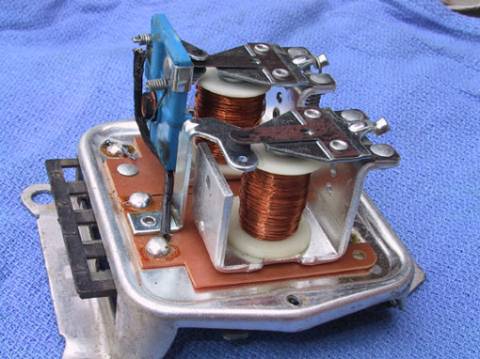Hello Bi,
This is really funny.








I suggest a simple transformer also and even told Clarence about using them in radios. But that idea got jumped on big time just like your idea.
So BM who never reads anything already posted then posts a circuit that has TWO transformers and a whole lot of other junk. Talk about a lack of comprehension.
Take care,
SisMika
This is really funny.









I suggest a simple transformer also and even told Clarence about using them in radios. But that idea got jumped on big time just like your idea.
So BM who never reads anything already posted then posts a circuit that has TWO transformers and a whole lot of other junk. Talk about a lack of comprehension.
Take care,
SisMika





















Comment